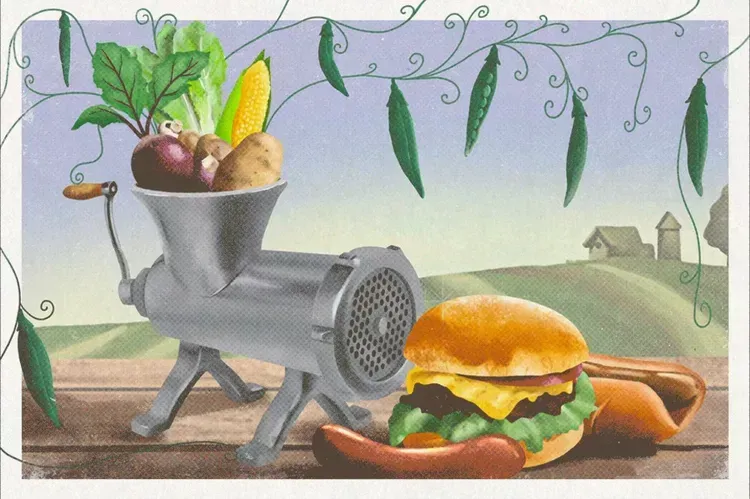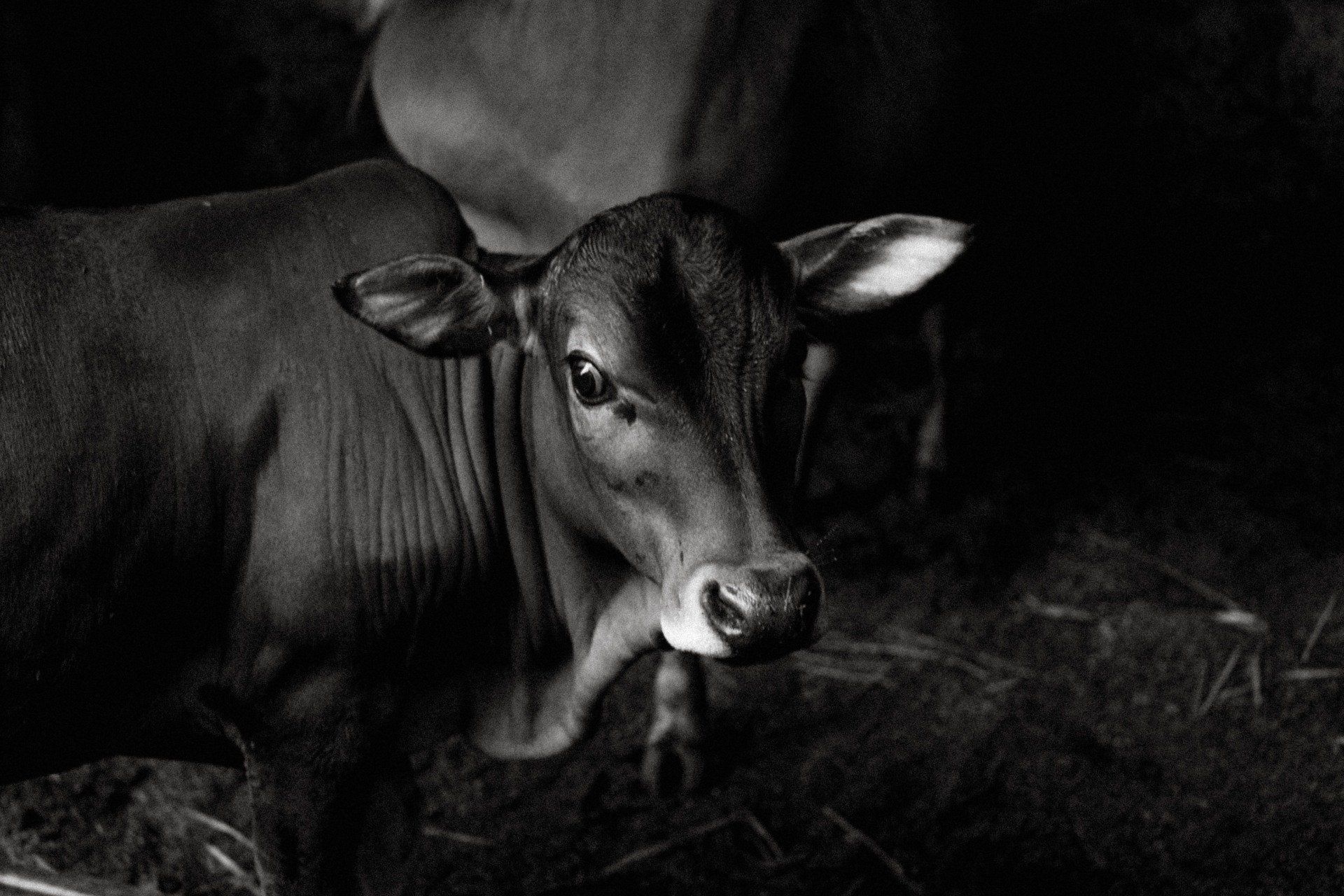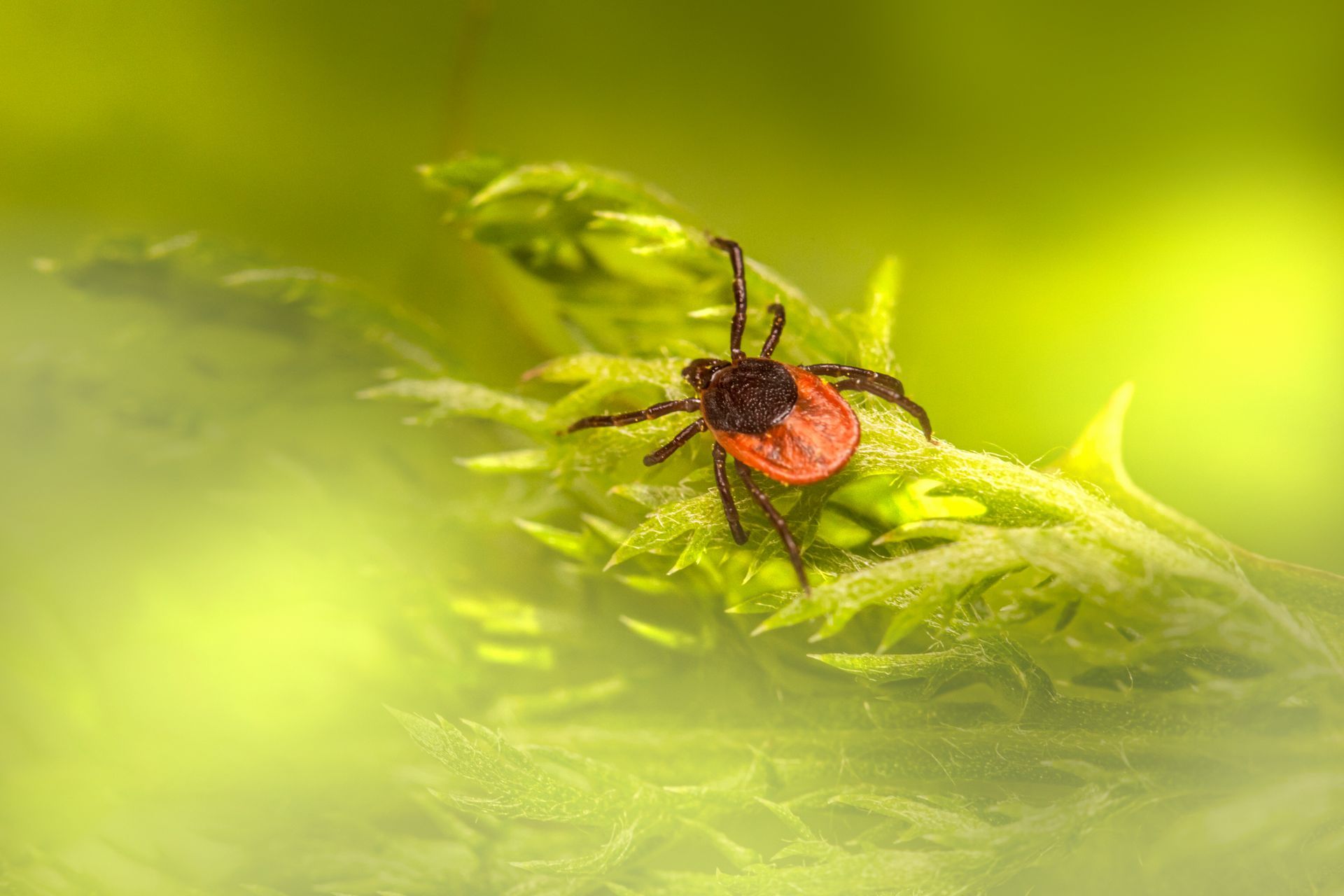Winter Storm Disaster Assistance Available to Livestock Producers
By JENNIFER SHIKE February 17, 2021
As winter weather conditions rage across the country, USDA reminds livestock farmers affected by the winter storms that assistance is available.
USDA staff in the regional, state and county offices are prepared with a variety of program flexibilities and other assistance to residents, agricultural producers and impacted communities, a USDA release said.
Risk management and disaster assistance
USDA provides several risk management and disaster assistance options to help producers recover after they are impacted by severe weather, including those impacted by winter storms and extreme cold.
Although livestock producers often have more limited risk management options available, USDA notes there are several disaster programs they can look into such as the Livestock Indemnity Program and the Emergency Assistance for Livestock, Honeybee and Farm-raised Fish Program. These programs reimburse producers for a portion of the value of livestock, poultry and other animals that were killed or severely injured by a natural disaster or loss of feed.
Keep accurate records to document the losses and illnesses following this devastating cold weather event, USDA advises. Livestock producers must document beginning livestock numbers by taking photos or videos of any losses. Other documentation options include purchase records, production records, vaccination records, bank or other loan documents and third-party certification.
Financial resources are also available through the Environmental Quality Incentives Program to help with immediate needs and long-term support to help recover from natural disasters and conserve water resources, USDA said. Assistance may also be available for emergency animal mortality disposal from natural disasters and other causes.
Veterinarian help available
USDA's Animal and Plant Health Inspection Service (APHIS) veterinarians are ready to work alongside partners to conduct on-site assessments to document the needs of affected producers, USDA said. To learn more, visit APHIS’ Protecting Livestock During a Disaster page.
Additional staff are on stand-by to provide support if the weather situation escalates or the number of affected livestock operations increases. If necessary, APHIS has the expertise to assist with carcass removal and disposal as well, USDA notes.
Read more:
Feedyards, Packers Disrupted By Weather and Energy Shortage
You might also like
Jaynie Norman


